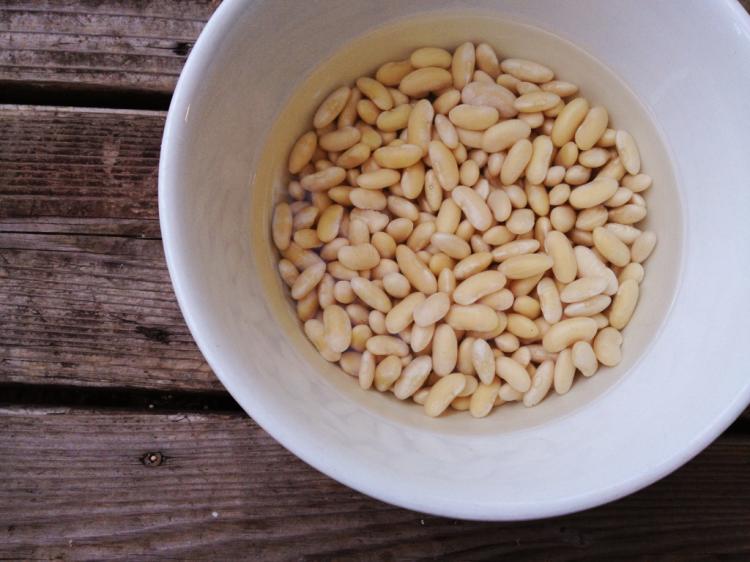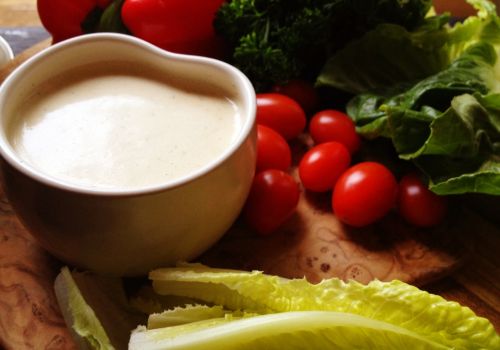Less canned food in your pantry means more room for cheaper dry goods to nourish you. Less waste and added preservatives means cleaner eating and a lighter conscience. Less sugar heavy baked beans means more naturally sweetened heartiness, and a whole lot more nourishment too.



Ingredients
- 2 cups dry white Navy beans, soaked in cold water
- 1/3- 1/2 cup good olive oil
- 2 medium – large yellow onions, chopped
- 2 tsp salt
- 1 small can tomato paste (about 1/2 cup)
- 3 tbsp honey, brown sugar, or other plant-based sweetener
- 8 cups cold water for cooking
- Lots of love of and plenty of time
Directions
- 1Start by soaking your beans in plenty of cold of water for anywhere from 8 – 20 hours (8 is about the minimum to soak thoroughly and don’t worry if you ill time the soaking – they can sit there for a while). When ready to cook, drain the beans and rinse in the colander under more fresh cold water. Next, heat the oil in a large soup pot and add the chopped onion and salt. Cook the onion for about 10 minutes on medium-high heat, being careful not to burn them. Stir here and there, after 10 minutes the onions should be soft and translucent.
- 2Next, add the tomato paste, beans, and 4 cups of cold cooking water. Stir well to dissolve the paste and bring to a boil over high heat with the lid on. Once the boil is reached, stir again and reduce the heat to medium, to keep the simmer at a jolly roll (not boiling but cooking nicely). Cook the beans withe the lid ajar for 1.5 hours, stirring here and there and adding the remaining 4 cups of water in increments as the sauce reduces. After the first hour, add whatever water is left, and the honey or sweetener, and cook for 30 minutes until the mixture is deliciously saucy. From here, you can let the beans hang out until you are ready to bake them (you can even sneak in a bowl to eat at this point).
- 3To bake, transfer the beans to a casserole and bake, covered either with the casserole lid or with foil. Bake at 350 degrees for 2 hours. Remove from the oven and serve hot with fresh bread or toast. These beans will keep extremely well, and should be good to eat up to a week after they are made. A little goes a long way here as these guys are hearty and filling, so pile them into a container for those moments during the week when you need a little comfort. Paired up with the bread recipe lined up for the next post, you’ll wonder if there could possibly be anything simpler or more nostalgic (especially if you grew up in my family).




